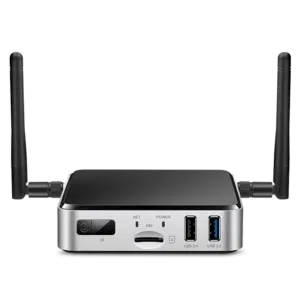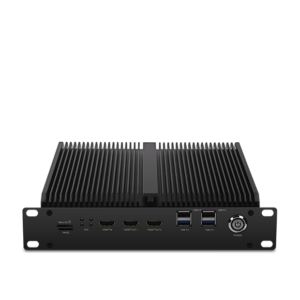A Detailed Guide to Deploying AI on Side Devices
A Detailed Guide to Deploying AI on Side Devices
Blog Article
Real-World Programs of AI on Edge Devices
Real-World Programs of AI on Edge Products
Synthetic intelligence (AI) is no more limited to the realm of big, centralized information centers. Thanks to breakthroughs in technology, side units today enjoy a vital position in deploying AI directly where data is generated. But what does AI on side products mean, and how come it creating this type of buzz? Here, we'll explore how ai on edge devices works in the real world through side products and uncover their wide selection of useful applications.

What is AI on Edge Units?
AI on edge devices describes deploying artificial intelligence formulas directly on devices like smartphones, cameras, drones, or IoT sensors. These devices do not want access to centralized hosts for control data; instead, they perform analysis and conclusions domestically, making the process quicker, more efficient, and usually more secure.
The "edge" here only identifies processing performed near to or at the origin of data technology, instead of depending on the cloud. That change is pushed by the demands for real-time knowledge handling and the necessity to decrease latency, improve privacy, and minimize bandwidth usage.
Essential Real-World Purposes of Side AI
1. Smart Monitoring
AI-powered cameras equipped with skin acceptance, activity recognition, and anomaly detection are transforming monitoring systems. Side units in this domain can analyze video channels in real-time to recognize dubious actions, eliminate false alerts, and improve community safety. For instance, AI algorithms can identify strange actions and alert authorities quickly without the necessity to deliver video knowledge to a main server for analysis.
2. Healthcare Tracking
Wearable devices and lightweight medical equipment are leveraging m.2 ai accelerator for handling health data more efficiently. Edge-based AI in devices like wellness trackers and smartwatches screens users' vitals, such as for instance heartbeat, air levels, or blood pressure, in real-time. These techniques analyze information domestically and offer instant feedback, paving just how for quicker intervention throughout emergencies.
Beyond wearables, sophisticated medical imaging products built with on-device AI can identify signs of conditions like cancer, permitting earlier in the day diagnoses even yet in rural places without internet connectivity.
3. Autonomous Cars
Self-driving vehicles are among the absolute most well-known samples of side AI in action. With detectors, cameras, and LiDAR techniques helping as data options, AI computations get place onboard these vehicles to produce split-second decisions. From finding pedestrians and limitations to navigating city roads, edge AI assures that the automobile works reliably and efficiently. The real-time control capability of side products removes the reliance on high-latency cloud methods, ensuring protection in life-critical scenarios.
4. Retail Analytics
Edge products in retail conditions are helping businesses analyze client behavior. Intelligent racks and AI-equipped cameras may identify customer choices, monitor supply, and also modify in-store activities in true time. The information created from they helps shops make informed conclusions, increase customer satisfaction, and improve inventory management.

5. Industrial IoT
Factories and commercial crops are adopting side AI to revolutionize their checking and automation processes. AI-powered sensors on equipment identify potential flaws well before they lead to costly failures. Predictive maintenance pushed by side AI reduces downtime, improves productivity, and ensures security on the production floor.
6. Personalized Activities in Client Products
Your smartphone is a prime exemplory instance of how edge AI personalizes individual experiences. Characteristics such as style assistants, flexible camera adjustments, and on-device language interpretation use real-time AI to answer consumer wants without sending sensitive and painful data to additional servers. This fosters equally convenience and privacy for the finish user.
The Growing Influence of Edge AI
The adoption of AI on edge devices remains to surge, pushed by industries' increasing need for low-latency, real-time computing, and higher data privacy. Their purposes are reshaping industries which range from healthcare and automotive to community safety and retail. By getting AI's power nearer to wherever data is produced, edge units are not just improving effectiveness but additionally showing the countless possible of development in the current connected world. Report this page